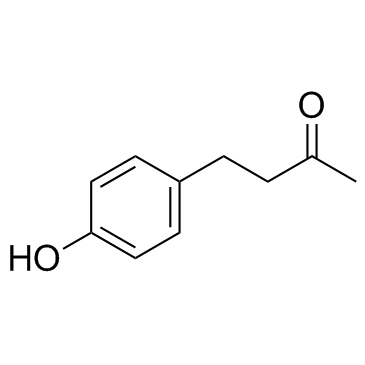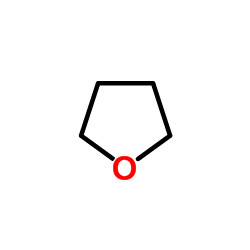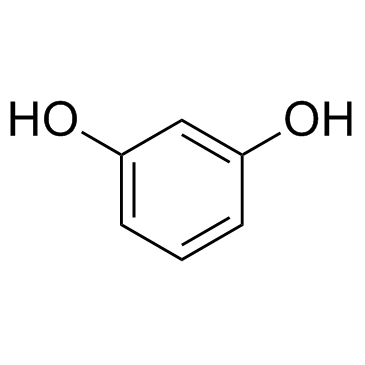| Structure | Name/CAS No. | Articles |
|---|---|---|
 |
Hydrochloric acid
CAS:7647-01-0 |
|
 |
bisphenol A
CAS:80-05-7 |
|
 |
Ethanol
CAS:64-17-5 |
|
 |
Ammonium acetate
CAS:631-61-8 |
|
 |
Acetonitrile
CAS:75-05-8 |
|
 |
Methanol
CAS:67-56-1 |
|
 |
4-(4-Hydroxyphenyl)-2-butanone
CAS:5471-51-2 |
|
 |
Dichloromethane
CAS:75-09-2 |
|
 |
thf
CAS:109-99-9 |
|
 |
Resorcine
CAS:108-46-3 |